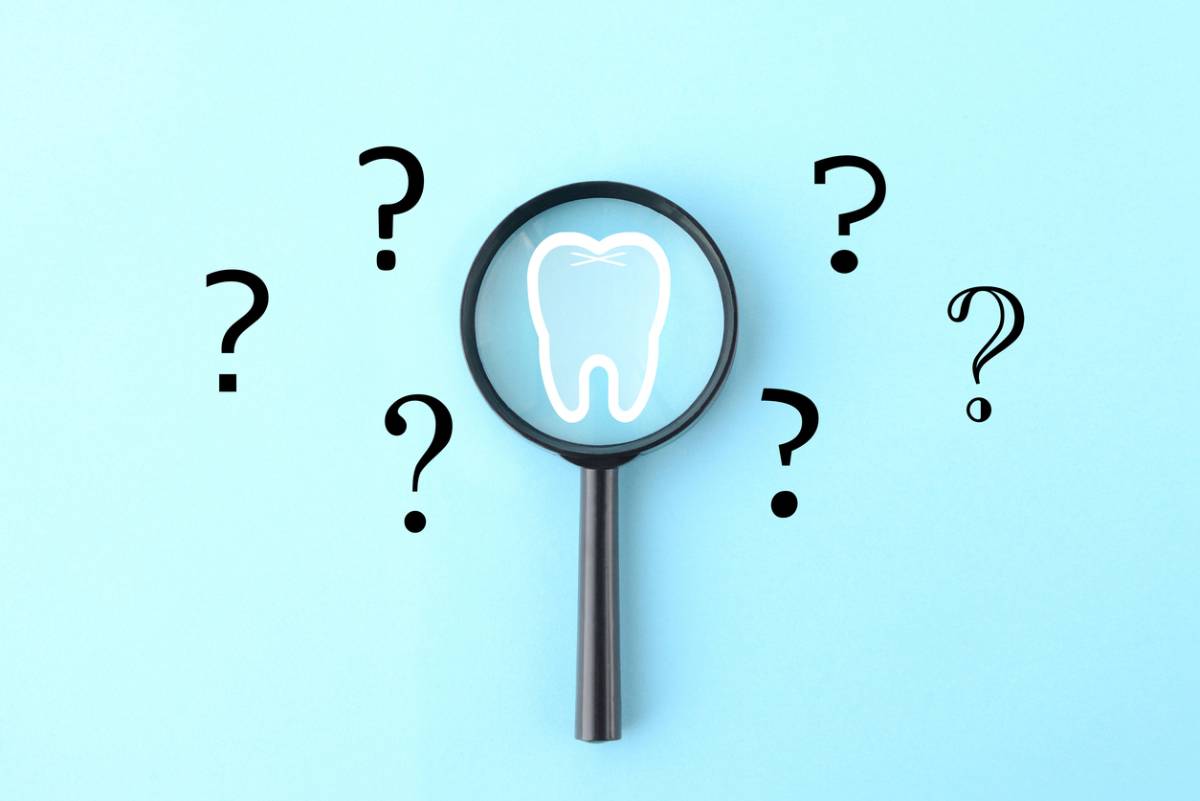Dental emergencies can happen to anyone. When you experience an acute toothache, it is usually a sign that your teeth require immediate medical attention. But what to do in this situation: extract or preserve infected teeth? In this article, we discuss tooth extraction vs root canal to help you understand which procedure is right for you.
Tooth Extraction vs Root Canal: Which Is Right For You?
Remember that only your dental specialist can give a definitive and accurate answer to this question after conducting a proper examination, including an X-ray or a scan. However, below, we talk about some general signs that might help you understand your situation better and stay informed.
When Is Root Canal Therapy Appropriate?
Typically, root canal therapy is a last resort option for saving a severely infected tooth. The procedure involves accessing the pulp chamber of the tooth through its crown, cleaning out the infected pulp, and sealing the canals with a special dental material.
Root canal therapy is usually used when tooth decay reaches the third stage, or about 40 to 60 percent of the tooth is affected by infection. In most cases, a dental crown is used to provide additional support and protection to the tooth after root canal therapy. However, there should still be enough of a tooth’s structure left for it to be able to survive, even with the reinforcement the dental crown provides.
When Should a Tooth Be Extracted?
Tooth extraction can be needed in several different cases:
- The tooth is severely decayed and can not be saved by a root canal treatment because more than 50 to 60 percent of its structure is affected by infection. In such cases, the tooth’s structure is too weak to withstand chewing and biting forces even after root canal therapy and dental crown placement.
- The tooth is broken and can not be restored by such procedures as a root canal, a crown, or dental bonding. For example, a tooth that is broken at a gum line.
- The infection has spread to the surrounding teeth and the jaw bone.
- The tooth is loose due to severe gum disease and is not likely to become stable again.
- A wisdom tooth can be recommended to be removed if it gets reinfected after it has already been treated.
- A severely decayed wisdom tooth is most likely to be removed rather than treated with root canal therapy.
In conclusion, the choice of the procedure depends on the type and location of the tooth and the severity of the infection or decay. Additionally, other factors can be taken into consideration: the condition of the gums and the jaw bone, the general health of the patient, and the budget.
Root Canal and Tooth Extraction Procedures and Recovery Outlook
Both root canal therapy and tooth extraction are standard, relatively straightforward, and commonly practiced procedures at each dental office. Recovery after both procedures requires some downtime and rest. Also, your dentist will advise you to adhere to a soft or liquid diet for the first several days and to maintain a rigorous oral hygiene routine to prevent infections.
Root Canal Procedure and Recovery
The duration of the root canal procedure can differ depending on the location of the tooth. In general, it can take 40 to 90 minutes. Local anesthetics or sedation are usually used to prevent the patient from feeling pain during the procedure.
In most cases, several days to a week is enough to recover after a root canal procedure, and you might experience discomfort or mild pain in the first 3 to 4 days.
Tooth Extraction Procedure and Recovery
The tooth extraction procedure can take as little as 10 minutes and as long as an hour, depending on the complexity of the case and the position of the tooth. Typically, local anesthetic is used for the procedure, but sedation can also be recommended in some cases. Due to the anesthetic, the procedure usually does not cause any significant discomfort or pain to the patient.
The recovery after tooth extraction can take up to two weeks. During the first several days after the procedure, you are likely to experience swelling and pain at the surgery site. However, these symptoms can be remedied with over-the-counter painkillers and ice pack applications.
Make an Appointment Today
If you have an acute toothache or need a tooth extraction, do not hesitate to call our office and sign up for emergency dental care in Culver City. Our specialists are looking forward to taking care of your dental needs at The Smile Artists LA.



 )